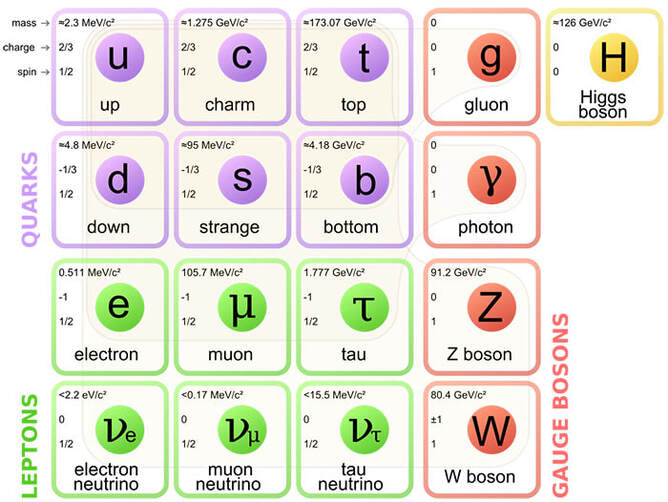Scientists have always been interested in what the basis of matter is.
If we keep dividing matter down how far can we go?
Initially it was thought that the atom was the smallest indivisible component of matter. But then various experiments in the late 19th century and then in the 20th century showed that the atom itself is made up of smaller components.
Particle Physics is concerned with understanding matter at its fundamental level, and in order to investigate the structure of the matter, particle physicists use probing instruments such as particle accelerators is to determine its structure.
The lessons below examine our current understanding of the matter based on the Standard Model, and also examine the role of particle accelerators such as CERN and SLAC.
If we keep dividing matter down how far can we go?
Initially it was thought that the atom was the smallest indivisible component of matter. But then various experiments in the late 19th century and then in the 20th century showed that the atom itself is made up of smaller components.
Particle Physics is concerned with understanding matter at its fundamental level, and in order to investigate the structure of the matter, particle physicists use probing instruments such as particle accelerators is to determine its structure.
The lessons below examine our current understanding of the matter based on the Standard Model, and also examine the role of particle accelerators such as CERN and SLAC.
So what is the Standard Model? Wikipedia does it best...
The Standard Model of particle physics is the theory describing three of the four known fundamental forces (electromagnetic, weak and strong interactions – excluding gravity) in the universe and classifying all known elementary particles.
The Standard Model of particle physics is the theory describing three of the four known fundamental forces (electromagnetic, weak and strong interactions – excluding gravity) in the universe and classifying all known elementary particles.
|
So how did the Standard develop? In this video I look at the development and what the Standard model entails |
|
Resources
- The Particle Adventure is a interactive website which allows you to explore the standard model. They even have apps for Apple and android to allow you to learn about the fundamental aspect of nature in a fun and interactive way.
- Another excellent resource if you are a teacher is the website Particle Zoo. In essence it is a store but all its products are based around the standard model and the relevant particles. Lots of fun.
|
|
Evidence
The evidence for the standard model numerous experiments but one key one comes from deep inelastic collisions studies at SLAC and at other particle accelerators and confirm the reality of the quark and boson that make up protons, neutrons and other hadrons. This video reviews the initial problems with the standard model as devised by Murray Gell-Mann and the validation of the model through particle accelerator studies in the 70's and 80's. |

